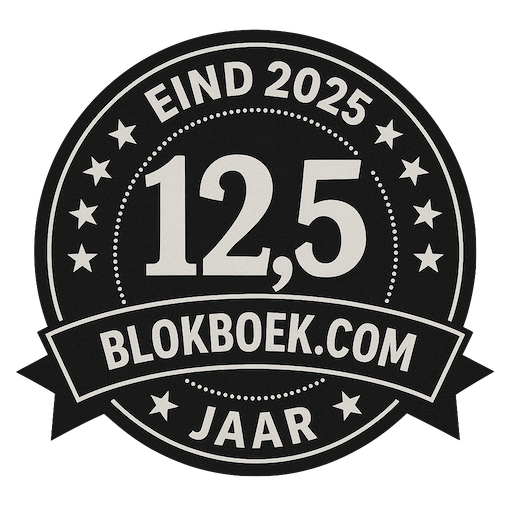Laurel Brunner: Japan’s Federation of Printing Industries Leading the Way
 There are many approaches to paper recycling, but as a rule printing industry associations rarely get involved. The Japanese Federation of Printing Industries (JFPI) is an outstanding exception to this rule.
There are many approaches to paper recycling, but as a rule printing industry associations rarely get involved. The Japanese Federation of Printing Industries (JFPI) is an outstanding exception to this rule.
One of the biggest difficulties for recycling supply chain efficiency is sorting. The JFPI has developed a ranking system to classify paper and other materials used in printed matter, according to how well they can be recycled. The classifications are included on the printed matter so end users can use the ranking system to pre-sort their paper recycling.
Rank A is material that can be recycled into printing papers and cardboard; Rank B materials can be recycled into cardboard, but not printing papers; Rank C cannot be recycled at all; and Rank D materials will actually damage the recycling process, even if they are present only in very small amounts. The ranks are based on the type and category of consumable, independent of the brand.
To help classify prints according to their recyclability the JFPI has a consumables check list. This is an education in itself, especially for Rank D materials which includes processed papers such as sublimation transfer paper, thermal foam paper and aromatic papers. These papers cannot be recycled and can actually damage the recycling process, even in very small amounts. The same goes for the specialty inks associated with these types of prints. A standard test method is used to evaluate the recycling compliancy of materials. If they pass the test, they qualify for Rank A. The list is regularly reviewed and updated by a committee of people from printing, paper, waste management and printing industry consumables companies who together work out the ranking criteria.
The JFPI publishes this check list in an online database of consumables, including substrates. Printers and print buyers can refer to the list to work out what the ranking of the final print product will be. When it comes to things that might be bad for recycling, such as specialist papers which are coloured or textured, the JFPI recommends contacting the provider to check its recyclability credentials.
Companies supplying raw materials to the graphics industry can contribute to the JFPI’s database. They must confirm the recycling characteristics of each product, in line with Japanese government guidelines for promoting green procurement. Prints can then be marked with their recycling compliancy rank and an identification mark which promotes recycling: “This printed matter can be recycled into printing paper” or “This printed matter can be recycled into cardboard”. Print products that mix media can be identified on each component. It’s a simple and effective system and one that other countries should consider adopting.
Laurel Brunner

This blog has been made possible by: Agfa Graphics (www.agfa.com), Digital Dots (http://digitaldots.org), drupa (www.drupa.com), EFI (www.efi.com), Fespa (www.fespa.com), Heidelberg (www.uk.heidelberg.com), Kodak (www.kodak.com/go/sustainability), Mondi (www.mondigroup.com/products), Pragati Offset (www.pragati.com), Ricoh (www.ricoh.com), Shimizu Printing (www.shzpp.co.jp), Splash PR (www.splashpr.co.uk), Unity Publishing (http://unity-publishing.co.uk) and Xeikon (www.xeikon.com).
Blokboek.com is the Dutch media partner of Verdrigris, a non-profit initiative which aims to realistically chart the real footprint of printing and which helps companies and organisations to lower that footprint. More information about Verdrigris can be found via this link.
1 reactie

De trainingen voor 2022 staan gereed. Kijk voor het volledige online aanbod van bestaande- en nieuwe trainingen op de website.
BLOKBOEK.COM EN PRINTMEDIANIEUWS: HET OPTIMALE DOELGROEP BEREIK



















Hallo meneer van den Braak,
Ik heb je artikel over papierrecycling in Japan met belangstelling gelezen. De drukkerijsector in Japan wordt gedomineerd door drukpersen die printen met UV-inkten. In Duitsland vormt het recyclen met UV-inkten op gedrukte pagina’s een probleem.
In Japan, aangezien bijna alle printers werken met UV-inkten, zou het recyclen van dergelijke gedrukte papiersoorten geen probleem zijn.
Kun je me vertellen of me een bron van informatie geven die me precies vertelt hoe UV-geprint papier in Japan wordt gerecycled?
Ze zouden me veel helpen.
Bedankt.
Olaf King
Königsdruck, Berlijn